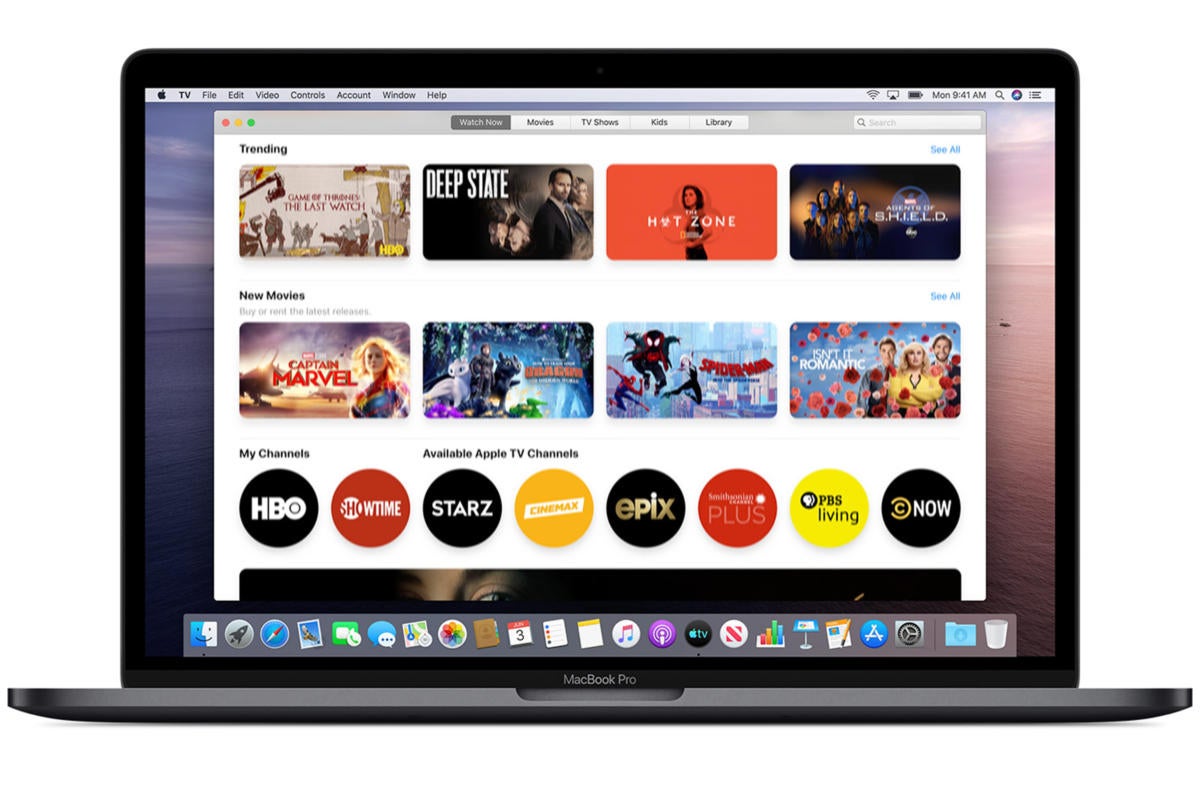Sony Hvr-a1u Driver For Mac
Sony HVR-A1U - windows driver driver-category list Searching out the precise data of the driver, should you choose to set up yourself, isn't as straight forward as it may seem, because counting on the windows device manager can be particularly discouraging. Work Remotely with Sony Professional Solutions. These are tough times, and we're here to support you during the transition to working remotely. Promotions and rebates. Limited time offers on pro products. Beamforming Microphone MAS-A100. A hands-free lecture and presentation solution.
*If you use Windows Vista, please refer to this FAQ.
*Remarks at installing the printer driver by using equipped installer in each languages
The installer (software for application set up) can work properly only on the following language version of Windows (2000):
- - Chinese (simple), English, French, German, Italian, Japanese, Spanish
If you need to install the driver into any other supported languages of Windows (2000),
please use PnP (Plug and Play: automatic setting system without manual setting) installation method.
The PnP installation method can be referred to the section, 'Installing Driver for Additional Printers',
in the Printer Driver Installation Guide which is found in the CD-ROM bundled with the printer.
For specifying an extract folder of a compressed file
- 1. Double click the downloaded compressed file, then the dialog 'WinZipSelf-Extractor' comes up.
- 2. Specify the destination of the decompressed files on 'Unzip To Folder.'
- 3. Click 'Unzip' to decompress the downloaded file.
- ex.) If the destination is C:Temp, Temp folder on the C drive is made, and the decompressed files are stored in it.
How to uninstall driver software
- When you uninstall driver software, please uninstall it via control panel in reference to 'Uninstalling the Printer Driver in Windows Vista' or 'Uninstalling the Printer Driver in Windows XP' of the supplied install guide.
How to check Version NO.
- 1. Remove the Front panel.
- 2.Press the Menu key, and choose 'VERSION [X.XX]' by pressing Down key.
[X.XX] is the firmware version.
How to Version Up
[Version Upgrade Procedure]
- (1) Connect the printer and the PC with USB connector.
- (2) Turn ON the printer.
- (3) Double-click the version upgrade file on your PC.
- (4) After the file is extracted, accept the license agreement in the next window.
- (5) Firmware upgrade starts automatically.
Note: Do not turn off the printer during the version upgrade operation when displaying 'Now upgrading..Don't Turn Off!!'
Mac computers that have any of the following ports can connect to HDMI devices. Learn how to identify the ports on your Mac.
- HDMI port: Connects directly to HDMI using an HDMI cable.
- USB-C or Thunderbolt 3 (USB-C) port: Connects to HDMI using an adapter, such as the Apple USB-C Digital AV Multiport Adapter.
- Mini DisplayPort: Connects to HDMI using a third-party Mini DisplayPort to HDMI adapter or cable.
Mac computers that have an HDMI port comply with HDMI 1.4b and support:
- At least 1080p video over HDMI, and some Mac models support higher resolutions when connecting to 4K displays, 5K displays, and Ultra HD TVs
- 8-channel/24-bit audio at 192kHz, Dolby Surround 5.1, and traditional stereo
- HDCP-encrypted playback from iTunes and QuickTime Player (version 10). Safari in macOS Sierra or later also supports HDCP-encrypted playback, if the web page is HTML5-enabled and the content is FairPlay Streaming-enabled and delivered using Media Source Extensions or HTTP Live Streaming.
If using an adapter, check the specifications of the adapter to learn about supported resolutions and other details.
After making the connection

If your Mac doesn't recognize your HDTV, display, or other HDMI device after making the connection:
- Turn off the HDMI device while your Mac is turned on.
- Unplug the HDMI cable from your Mac, then plug it in again.
- Turn on the HDMI device.
If the video on your HDTV or display extends beyond the borders of the screen, open Displays preferences and adjust the Underscan slider for a better fit. Use any of these methods to open Displays preferences:
- Choose Apple () menu > System Preferences, then click Displays.
- Press Shift-Command-A to open the Applications folder. Then double-click System Preferences, then click Displays.
- If your keyboard has brightness controls, press Option–Brightness Up or Option–Brightness Down.
If your HDMI device isn't receiving audio from your Mac:
- Choose Apple menu > System Preferences, then click Sound. In the Output pane, make sure that your HDMI device is selected.
- If you're connecting using a Mini DisplayPort adapter, make sure that your Mac can send audio over Mini DisplayPort.
- If you're connecting from a Mac mini, unplug any audio device that is plugged into your computer's Audio-Out port.
If your Mac goes to sleep while a video is playing or paused, you might see an HDCP error. Quit the app that is playing the video, then open the app again. If the issue continues, choose Apple menu > System Preferences, then click Energy Saver and adjust the settings so that your display doesn't turn off.
Learn more
- If your Mac has an HDMI port, you can use the Apple HDMI to DVI Adapter to connect to a DVI display.
- Mac computers don't support using CEC (Consumer Electronics Control) to control HDMI devices.
